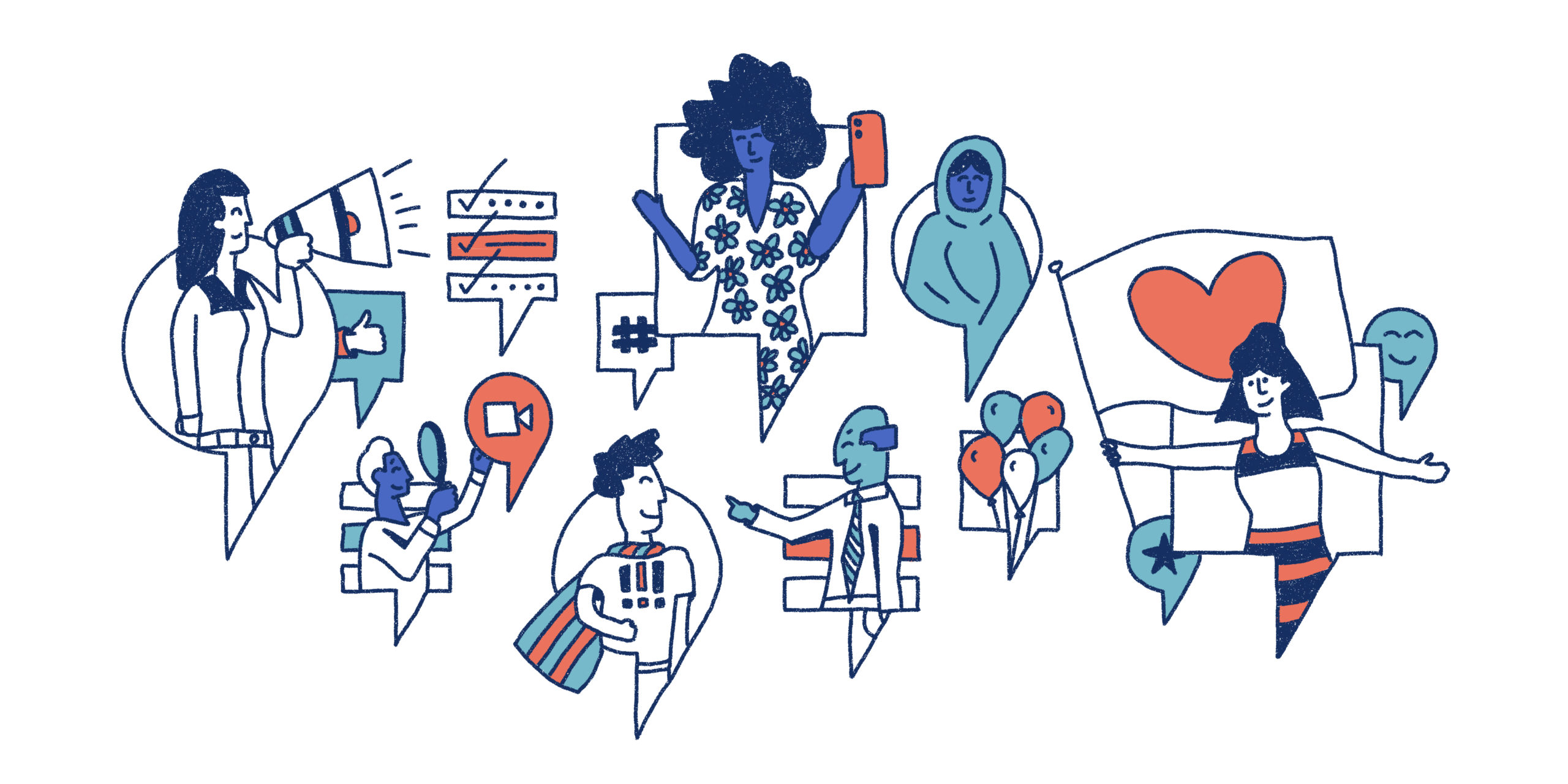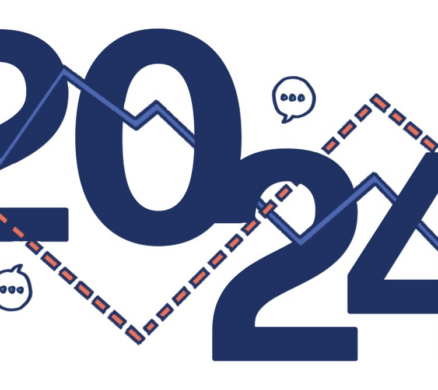
Today’s Internet provides unprecedented access to information and is an essential resource in many aspects of our daily lives: education, employment, government, commerce, health care, recreation and more.
Under the Americans with Disability Act (ADA), websites, although not explicitly mentioned, are considered a place of public accommodations and must be accessible for all. This was re-affirmed by the U.S. Department of Justice in 2018.
But how do you know if the website you’re developing is accessible to those with disabilities and impairments? You can start by referring to the Web Content Accessibility Guidelines (WCAG), a set of guidelines created by the World Wide Web Consortium (WC3), an international standards organization working to develop standards online. These guidelines focus on ensuring websites are perceivable, operable and understandable for those with disabilities.
To create an all-inclusive digital world, web developers and organizations must design and develop their websites so that the hardware, software, language, location or ability are accessible to people with diverse hearing, movement, sight and cognitive ability.
“Designing for accessibility doesn’t just mean that a person with a disability can use the design. It’s about centering people with diverse abilities so that the design reflects that,” according to Gina Herakovic, Principal Consultant, UX Lab at the University of Michigan School of Information.
“Subtitles were originally designed for deaf and hard of hearing individuals, but they actually benefit people in a variety of contexts—from people who need to watch a video on mute to those watching in a noisy room.”
Herakovic went on to say sidewalk curb ramps were intended for wheelchair users but serve people riding bikes, pushing a stroller or grocery cart and more.
“As you can see, by designing for all abilities, you actually open up your product or service because its design benefits everybody.”
Westcomm has assembled resources for you to explore how to make your website accessible for all:
- WAVE accessibility evaluation tool
- Free accessibility browser extension
- Web Content Accessibility Guidelines (WCAG)
- Microsoft’s Inclusive Design toolkit
- Accessibe.com
Another helpful tool is Jakob Nielsen’s 10 Usability Heuristics for User Interface Design. Heuristic evaluations are broad rules, but not specific usability guidelines, that can help identify issues with websites.
Once you created your website, you can check your site at accessibe.com where you can conduct tests that focus on three categories:
- Screen reader adjustments for the visually impaired
- Keyboard navigation adjustments for the motor impaired
- UI, design and readability adjustments for the visually impaired
Is all this information overwhelming? If so, Westcomm is available to ensure your website conforms to the Web Content Accessibility Guidelines. Give us a call or contact us below to learn how we can help.





